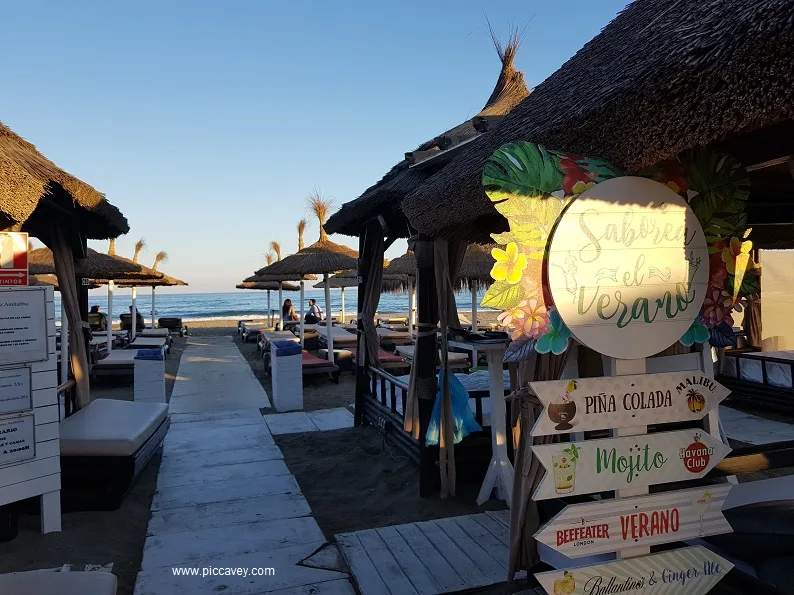What’s the first thing that comes to your mind when you think about a holiday in Spain? Maybe you think of the long beaches, tasty tapas or historic architecture. Right now tourism is not possible but it´s looking that it could be later on this year. When is the best time to visit Spain if you can plan ahead. Well it really depends of the type of trip you are planning.
Whether you’re a hardcore foodie who can’t wait to embrace the local gastronomy or an adventure enthusiast looking to head up the mountains, Spain has so much to offer beyond the obvious tourist attractions.
Yet the key to enjoying a great vacation in Spain is to get the timing right. Checking the Spanish weather forecast or finding out when the Spanish festivals are on. Careful planning can make a big difference to your time in Spain.
When is the Best time to Visit Spain? Let’s find out.
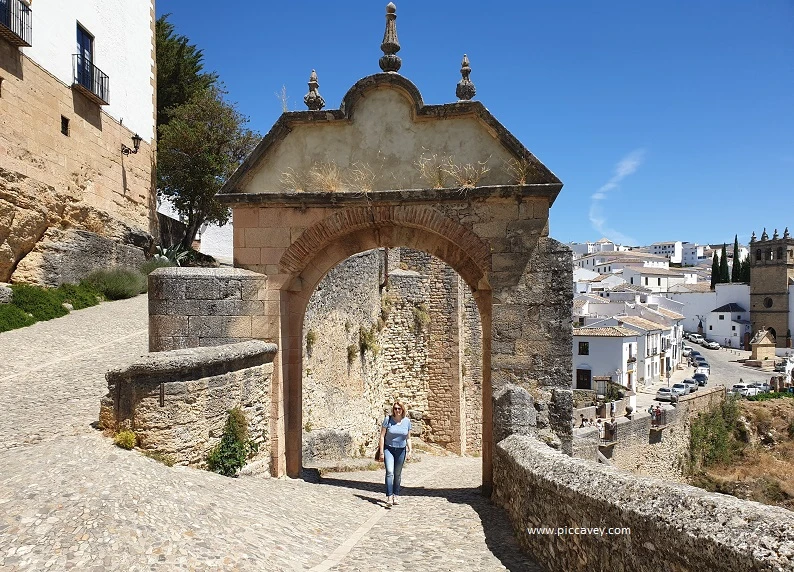
Weather in Spain: A Closer Look
The weather is the first thing you’d want to check when you’re plan a trip to a new country. The weather is in Spain can vary greatly throughout the year. The country is large and forecast in the north and the south of the country are totally different most of the time.
Tucked in the Iberian Peninsula in Central Europe, generally Spain experiences hot, dry summers and cold, rainy winters. The peak summer months of July and August can be exceptionally hot and dry, with the temperature soaring over 38C – 90°F or higher. For example the Best time to visit Granada is shoulder season April May and September October to avoid the highest temperatures
The winter season, on the other hand, can be less harsh. The coldest months of January and February see the mercury dip as low as 4C – 40°F. In some parts of the country you can also expect snow too. Although this makes it ideal for skiing and snowboarding enthusiasts. Seeing the snow-capped Sierra Nevada as the sunshine warms your face is quite an experience.
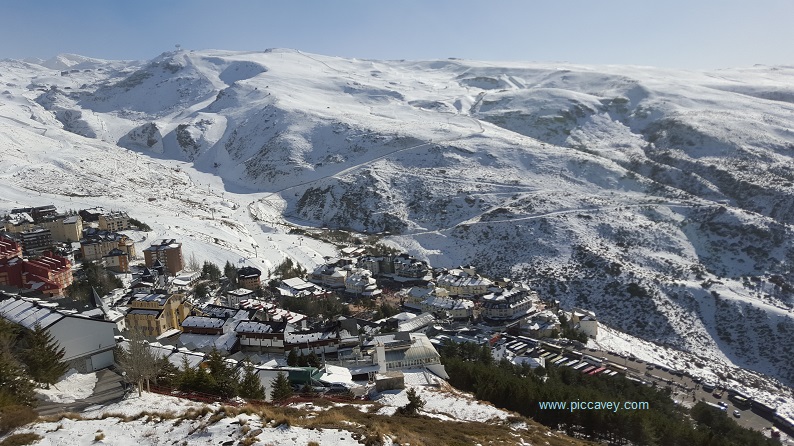
Shoulder Season
While Spain doesn’t have a clear rainy season, it gets more rainy over winter months. Particularly in the coastal regions. The weather varies according to the Spanish region you’re visiting. Typically, in the north of Spain, Asturias, Basque Country etc, they tend to have milder summers. But their winters are much wetter and colder than in the South of Spain.
If you want to experience the best weather in Spain, in my opinion shoulder season is best. That´s in Springtime (Late March to Early June) and fall (Mid September to End of November). The temperature and humidity levels are optimal at this time. Even though there could be some limited rainfall.
These months are perfect for comfortable for walking around the sights. Visiting museums, cathedrals, and the city streets of Madrid and Barcelona. You can sunbathe by the pool or on Spanish beaches. Although you may not find the sea temperature warm enough.
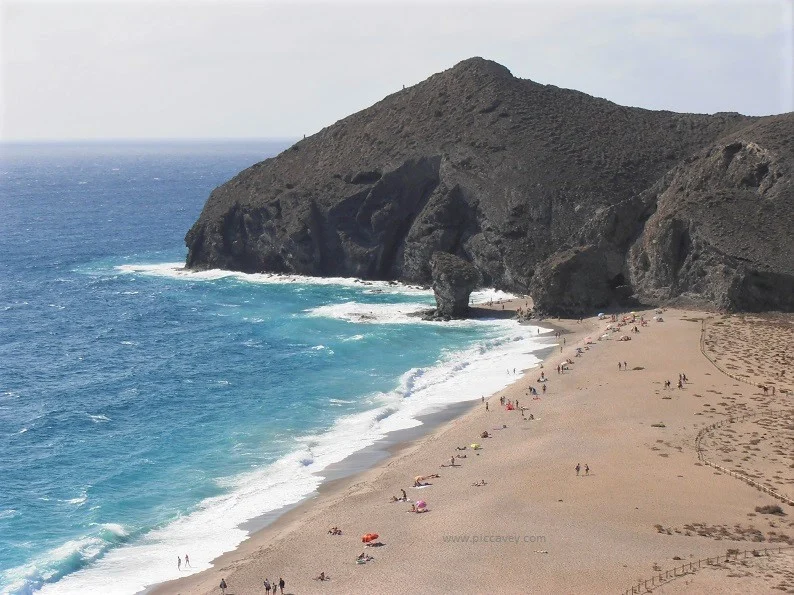
Festivals & Holidays in Spain
Your Spanish break would not be complete without a fiesta or festival. These cultural events usually take place in summer months. From Las Fallas in Valencia to Tomatina Festival in Buñol – Spain offers a host of local events for locals and tourists who visit.
So the weather isn’t the only factor you should consider when planning your trip to Spain. Hotel prices, restaurant bookings and even the traffic can get really busy around the dates of a festival. So it´s good to know about the dates beforehand. Run a quick Google search for a list of the events and main public holidays in Spain. The ideal time for your journey will depend on which festivals you want to see.
For instance, at the beginning of spring is the kick off for the Spanish festival calendar. Annual events more or less begin with Semana Santa (Holy Week), Las Fallas, and Sant Medir Festival in March. Later in the season, June and July some of the most colourful events. Such as the Water and Ham Festival, San Fermin, and the Andalusian Fairs.
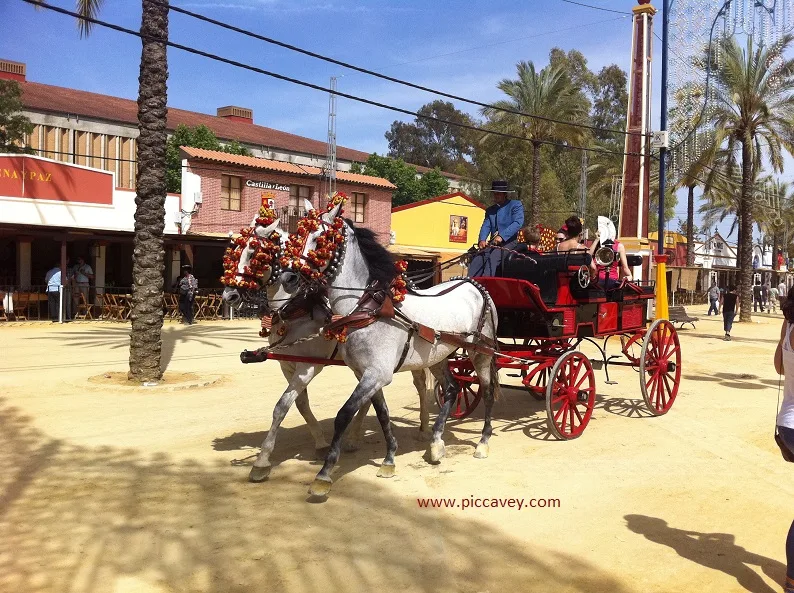
Flamenco Festival
If you’re more interested in seeing authentic flamenco. You may like to plan your trip in October to coincide with the Bienal de Flamenco. Held in Seville every alternate year, it’s a cultural extravaganza that brings together the best dancers, vocalists, and musicians from across the country.
Winter months are relatively quieter, with the main celebration being at Christmastimes. There is an exception in February, when many places in Spain marks the arrival of carnival season. Cadiz and the Canary Islands are destinations that organize major carnival celebrations. February is also the month of the Festival de Jerez, another important flamenco festival worth considering.

When Should You Visit Spain?
With its wealth of cultural heritage, delicious cuisine, and colourful festivals, each month in Spain has something to offer. The ideal time for you to visit Spain would depend on what you want from your trip. If I was planning my own holiday I would choose the month of September, still warm enough for swimming in the sea yet quieter as children have gone back to school mid month.
Based on the weather, the months of March to May and September to November are the best option. However, if you’re interested in visiting the northern regions, such as Santiago de Compostela and Bilbao, most of the year is good there as summer is milder.
While July and August have most of the festivals and outdoor activities, they are the hottest months in Spain. Flight and accommodation prices are on higher as the Spanish are also on holiday in the summer months. This is also the time when most local businesses shut down as the owners and employees move towards the coast to beat the heat.
